DrumTalk's 2nd EP on Huntleys + Palmers was released in 2015. Here's a bit of explanation behind the artwork, the third cover I designed for the producer, written shortly after its release.
Laying the groundwork: the Airbourne EP
The design work for DrumTalk has evolved and developed from the initial conversations we had about the first release, the Airbourne EP on Soundway in 2013. We chatted about the potential of drawn systems that were somehow mystified, whether by being from a distant past, future or place, as a way to depict the abstract nature of rhythmic sound and our relationship with it, but also because it had an element of mischief to it.* You can read some more about the process of that cover design here.
The latest cover concept initially came about through our mutual love of Brutalist architecture, but it was through trying to unpack exactly why we were drawn to it so much that provided the link to the previous designs that we needed.
Sound of Architecture/Architecture of Sound
The acoustic conditions created by vast built solid spaces can enable an augmentation of sound that may sometimes take our experiencing it into the realm of the sublime, or at least the awesome, due to its refusal to absorb and mute it and its eagerness to reflect and amplify it beyond our control. While the act of listening to and interpreting music is very much a subjective process, it is done in the knowledge that the vibrations that cause the noise exist outside of ourselves and resonates despite our being there. There’s something uncanny about this. Without our perceiving and translating it, it is just an invisible, mechanical process, but in conjunction with the visible space within which it exists, it takes on form and character. Because the room shapes the sound, its appearance becomes inseparable from the sound it helps create.
Brutalism's flat planes, unbroken lines, broken angles, repetitions, reliance on light and shade and often vast scale stem from the strength and properties of concrete. But it also evokes the possibility of acoustics, of sounds that echo with or without human presence, within this human-built environment. Taken out of their environmental context, their abstractions make it hard to discern their scale. Concrete structures are peculiarly human in form and material, yet often their presence feels somewhat alien.
This relationship between the human and the non-human underlay the Airbourne EP artwork, so I took this connection as a diving board for the new direction.
So... if diagrams representing the music - like the ones I had begun thinking about in the first EP - were to be rendered as architectural forms, what might they look like?
Well, I had to draw them first.
Play clips of the EP while reading the process
Systems into Music/Music into Systems
All music is created from some kind of underlying system, whether remembered or notated, which requires something (human or machine) to perform it into being. I began to look for this system with the track Euphonia, sketching and noting its form while listening on repeat. A flawed facsimile, a forgery, a reverse translation; the equivalent of drawing a blueprint by looking at the building.
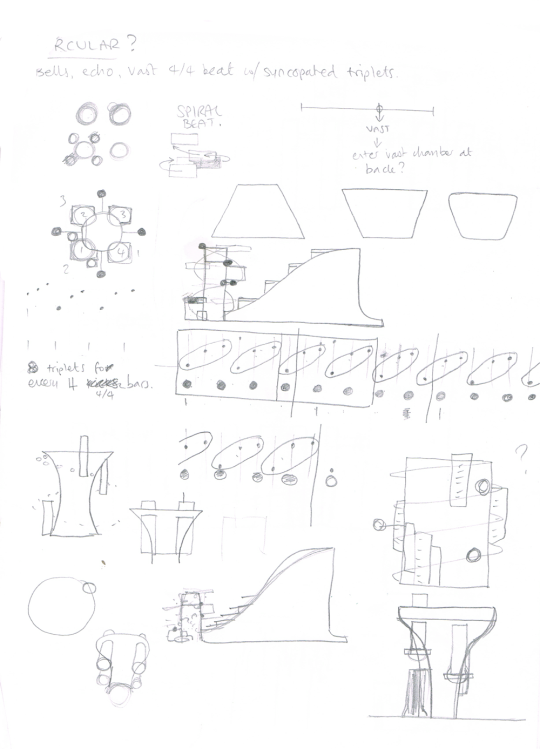
I noticed that the rhythm was circular, or at least its form was such that a circular diagram would suit it well. (It struck me, tangentially, that considering how efficiently a circle represents a looped rhythm, I’m surprised we don’t see it used more often in music notation.)
On this circular stave I plotted the beat: four large circles for the 4/4 kick, small squares in between these for the hi-hats on the offbeat, and spiralling dots representing the Gamelan bell loop triplets.
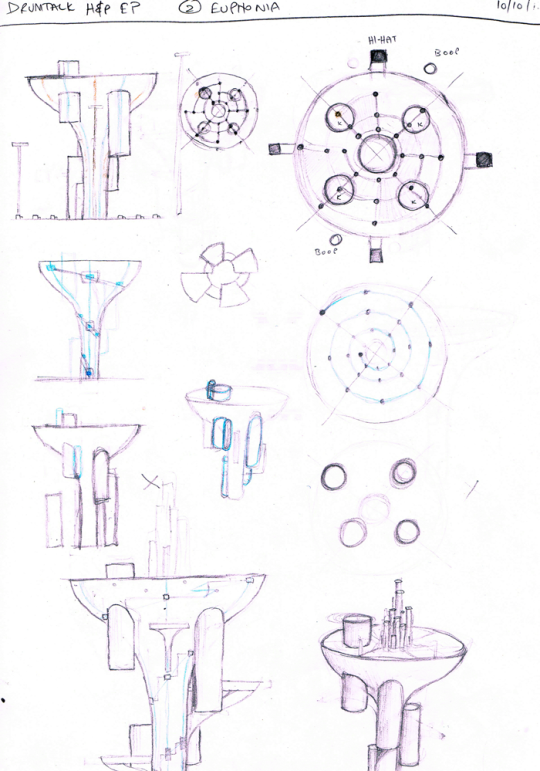
Taking this plan as the above elevation, I then extruded it into three dimensions using the ambiance or acoustic space as the basis for the vertical form - part-way through the track, it opens out, creating a sense of vastness in contrast to the beginning which appears relatively close and confined in comparison (track begins at ground level, ends at the roof). I then pulled the plotted pattern down through the vertical. This created a structure not unlike a concrete water tower, though it could also be an instrument consisting of cylinders, bells, or something that resonates similarly to a vibraphone. All this felt fairly representative of the track’s character, so now all I had to do was draw the plans up formally.
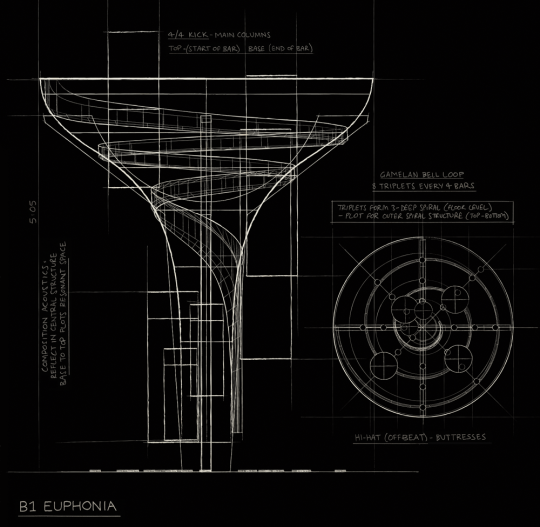
It was at this point that I realised just how big the job I’d given myself really was. I have no experience in architectural drawing, and even less in 3D modelling. For me to render this - fairly quickly, as the budget was tight - in a convincingly three-dimensional form, I’d need some kind of modelling software. So I called up my mate Tim, who I used to promote nights with in Nottingham and is now an architect, for some advice. He recommended some free software, and after a few flash tutorials over Skype, I had just about enough knowledge to develop the sketches into something more concrete.** (Cheers again Tim.)
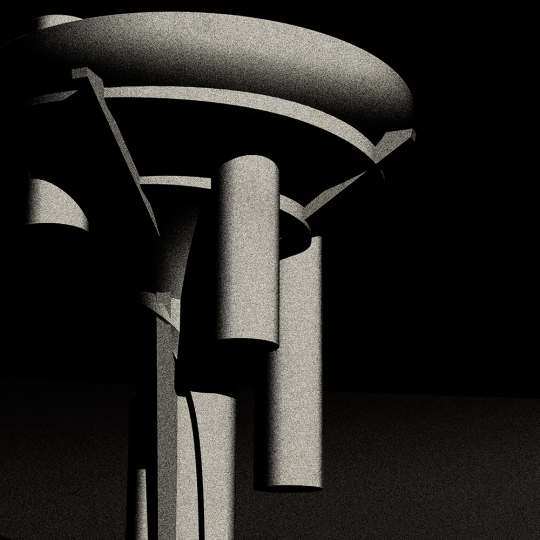
Choosing an atmospheric angle, a light source that allows for a feeling of unease, there was the first construction of the first track. Now to repeat the process for the remaining three...
(I won’t break them down here, you’ve been reading long enough - but I'll be happy to go through them if enough of you request it.)
EVERYTHING
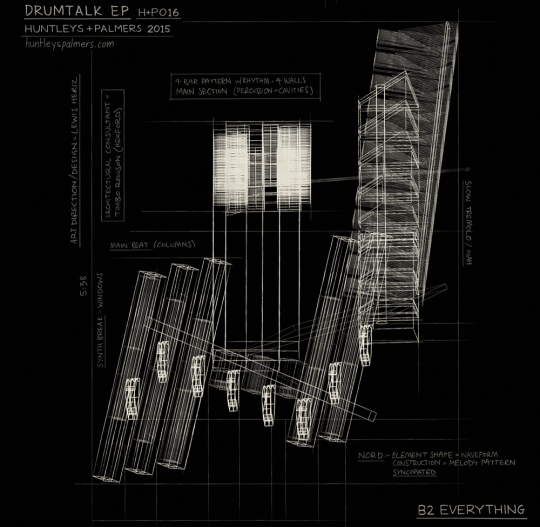
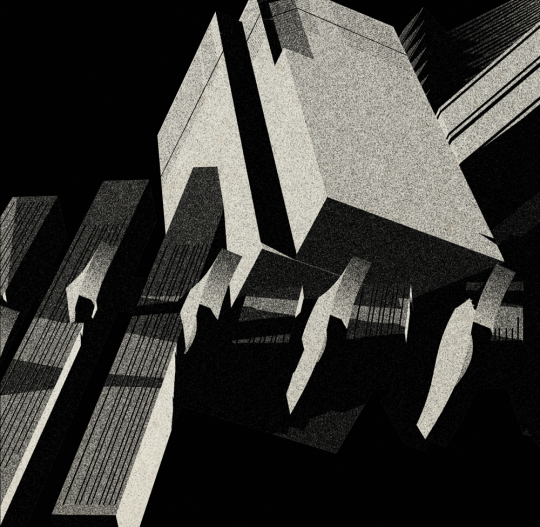
HALO

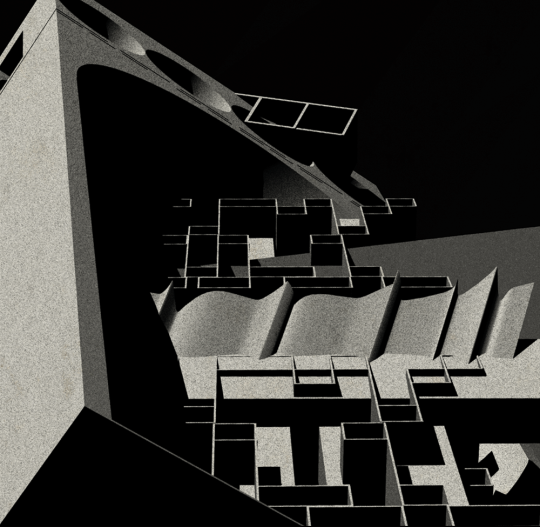
ISHTAR
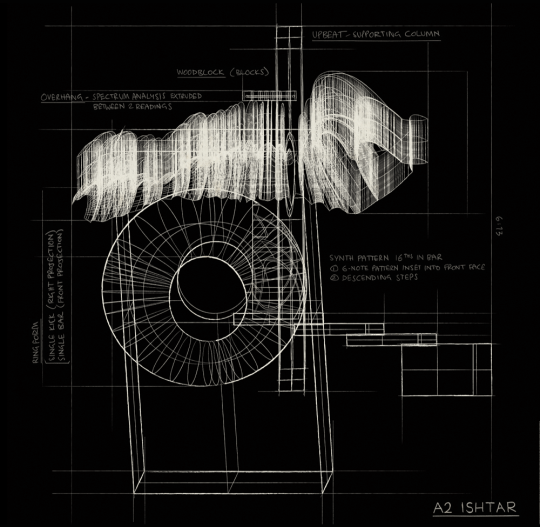
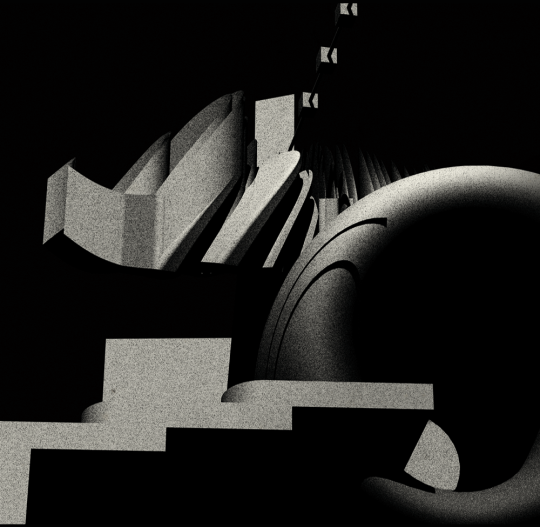
You can and should follow DrumTalk on:
Soundcloud /drumtalk and Instagram @DrumTalkMusic
The record is currently available from Phonica, and other vinyl outlets.
*Preturnatural Machines: this brilliant Aeon article published some time after the record came out serves as a great primer on automatons and the uncanny.
**I'm leaving that unintentional pun right there.


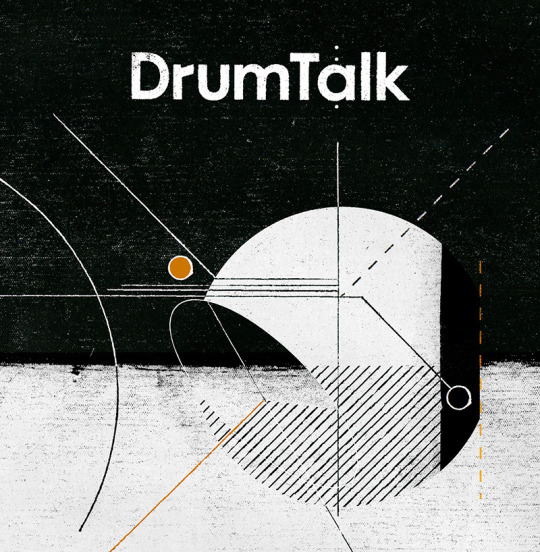

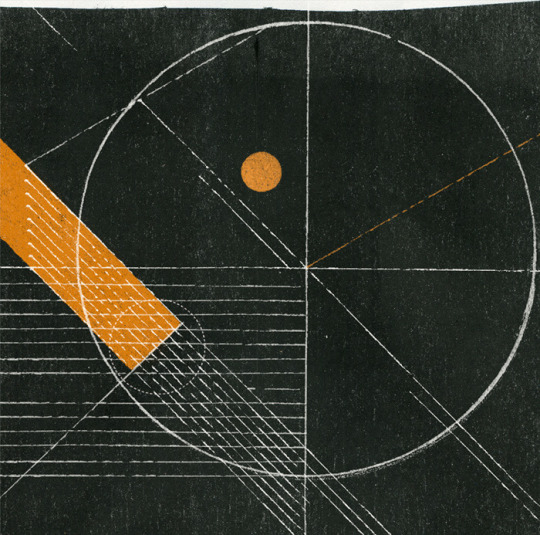
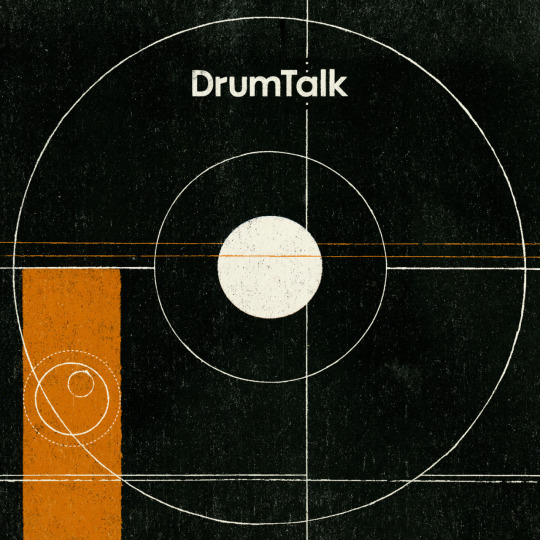










 Unlock with Patreon
Unlock with Patreon